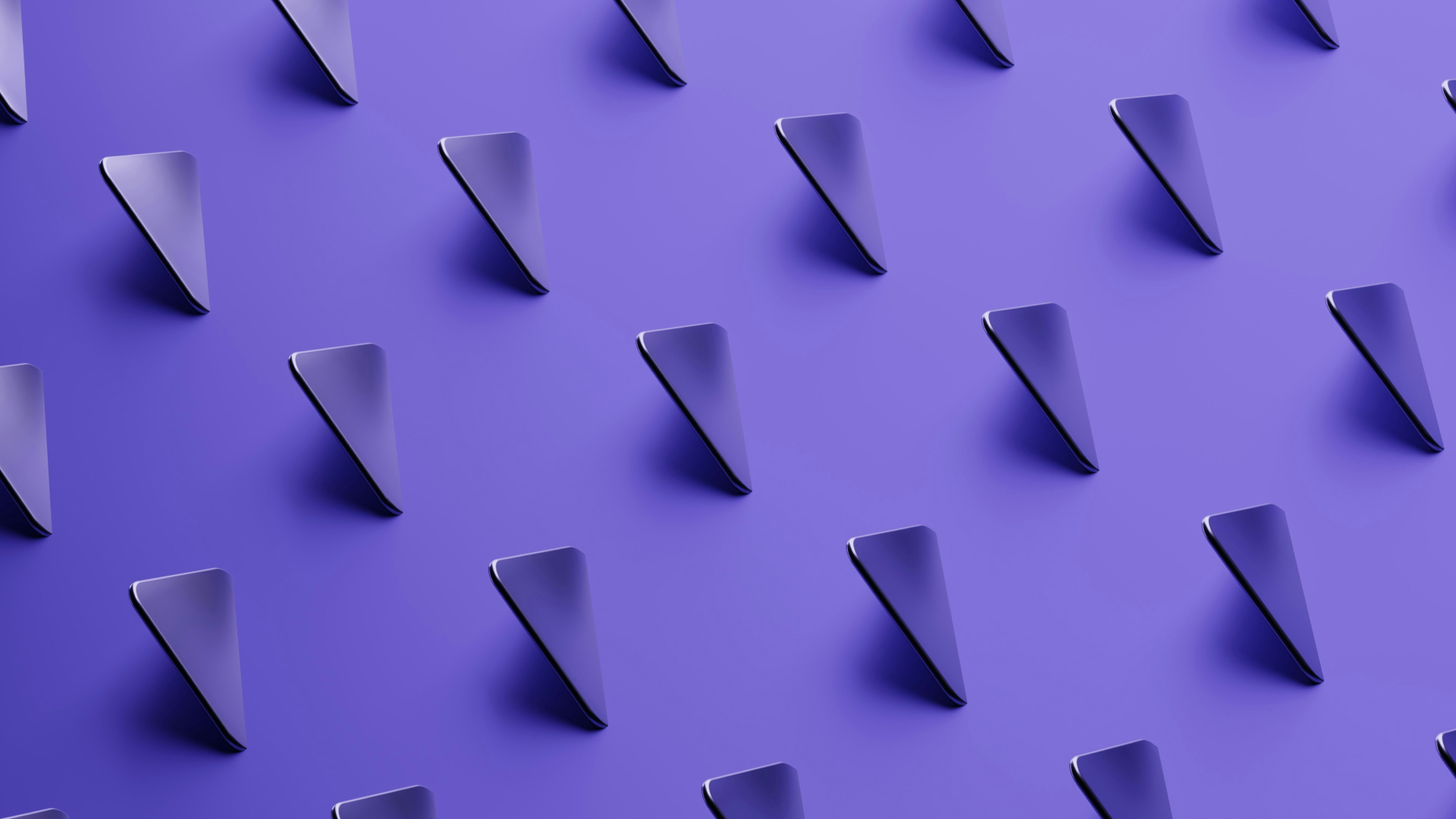Introduction
In the rapidly evolving field of graphic design, the quest for realism and depth has always been a driving force. With advancements in technology, designers have gained access to new tools and techniques that enable them to integrate three-dimensional (3D) elements into their designs. This transformative approach goes beyond the traditional flat design, ushering in a new era of depth, realism, and immersive visual experiences. In this exploration of the future of graphic design, we delve into the future implications of integrating 3D elements in graphics design highlighting the benefits and challenges it presents. By examining the current state of technology and its impact on design we can understand how this trend is shaping the future of the industry.
The Evolution of Graphic Design
Graphic design has undergone a remarkable evolution, from its early days of static, two-dimensional representations to the dynamic, multi-faceted discipline it is today. The integration of 3D elements represents a pivotal shift, offering designers the ability to break free from the constraints of flat design and infuse their creations with a new level of realism and engagement.
Creating Visual Depth
One of the primary advantages of integrating 3D elements is the creation of visual depth. Traditional design often relies on techniques like shadows and gradients to convey depth, but 3D elements take this a step further. By incorporating three-dimensional objects and environments, designers can simulate real-world depth, adding a tactile quality that captivates viewers and enhances the overall visual experience.
Realism and Authenticity
3D elements enable designers to achieve a level of realism that was previously challenging with 2D design alone. From lifelike product renderings to immersive scenes, the authenticity brought by 3D elements resonates with audiences. This realism fosters a stronger connection between the design and the viewer, making the visual narrative more compelling and relatable.
Enhanced Storytelling
Graphic design is inherently about storytelling, and the integration of 3D elements enriches this narrative. Designers can construct scenes, characters, and scenarios that come to life in three dimensions, allowing for more dynamic and engaging storytelling. Whether it's for branding, marketing, or entertainment purposes, 3D elements elevate the narrative potential of graphic design.
Interactive and Dynamic Experiences
The future of graphic design lies in interactive and dynamic experiences, and 3D elements play a pivotal role in achieving this vision. Augmented reality (AR) and virtual reality (VR) applications leverage 3D design to create immersive environments where users can actively engage with content. This opens up new avenues for design in fields such as gaming, education, and product visualization.
Cross-Platform Consistency
With the prevalence of content consumption across various platforms, maintaining consistency is a challenge for designers. Integrating 3D elements allows for a seamless transition between different mediums. Designs crafted in 3D can be adapted and optimized for use in print, web, mobile, and emerging technologies, ensuring a unified and coherent brand presence.
Advantages of Integrating 3D Elements in Graphic Design
Integrating 3D elements in graphic design offers numerous advantages that enhance the overall visual experience. Firstly, 3D elements provide a sense of depth and realism that traditional 2D designs often lack. By creating objects and scenes with depth designers can engage viewers and make their designs more visually appealing. Additionally, the use of 3D elements allows for better representation of complex structures such as architectural designs or product prototypes providing clients with a clearer understanding of the final product.
Furthermore, integrating 3D elements enables designers to create interactive and immersive experiences. With the rise of virtual reality (VR) and augmented reality (AR) technologies designers can now craft engaging experiences that blur the line between the real and virtual worlds. By incorporating 3D elements into these experiences, designers can transport users to new environments and provide them with a heightened level of engagement.
Challenges and Limitations
While the integration of 3D elements in graphic design opens up exciting possibilities it also comes with its fair share of challenges and limitations. One of the primary challenges is the steep learning curve associated with mastering 3D design software. Designers must invest time and effort into acquiring the necessary skills to effectively create and manipulate 3D elements. Additionally, the rendering process for 3D designs can be time-consuming requiring powerful hardware and software to achieve desired results.
Moreover, compatibility issues can arise when integrating 3D elements into existing 2D workflows. Designers may face difficulties in seamlessly integrating 3D elements with other design assets or maintaining consistency across different platforms. These challenges require designers to adapt their workflows and collaborate closely with developers and programmers to ensure a smooth integration of 3D elements.
Conclusion
As we cast our gaze forward to anticipate the future of graphic design, we see the integration of 3D elements unfolding as a truly transformative force. This cutting-edge development is drastically redefining our perception and interaction with visual content. Instead of being passive observers, we are now becoming active participants in a more immersive and engaging visual world. This change signifies a major shift in design philosophy, opening up new avenues for creativity and innovation.




